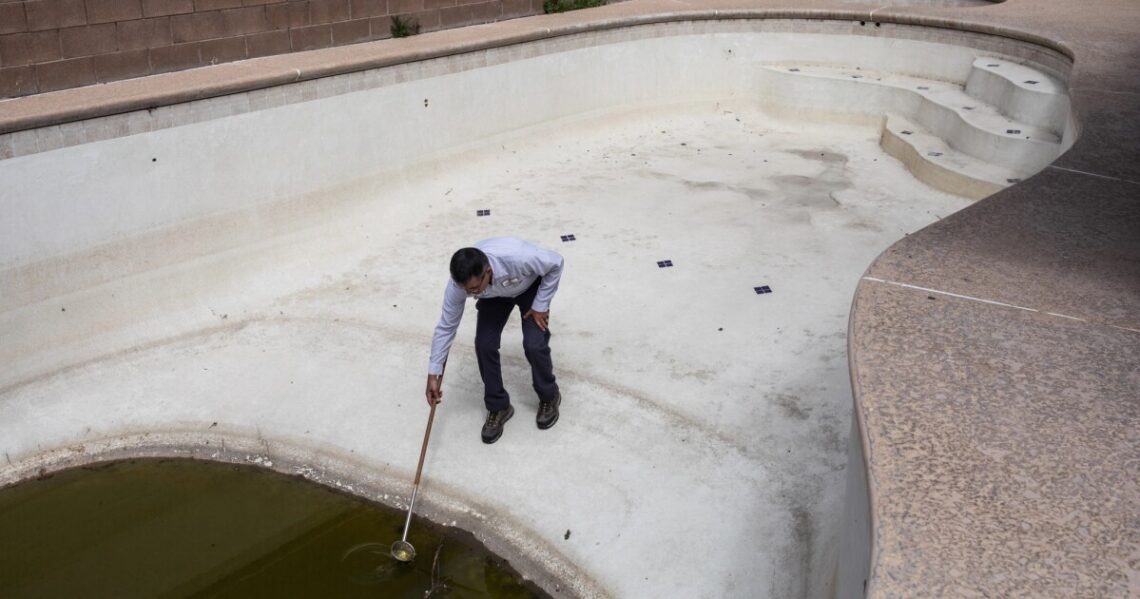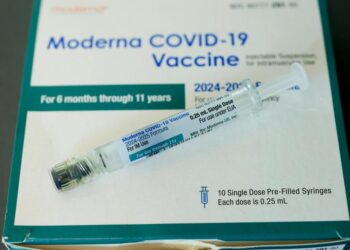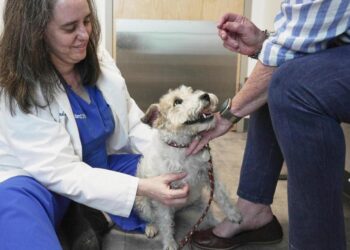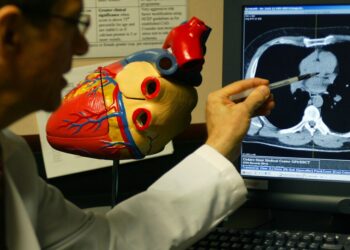Jason Farned and his team at the San Gabriel Valley Mosquito and Vector Control District had spent years preparing for the likely arrival of dengue, a dangerous virus typically found in tropical climates outside the mainland United States.
They’d watched nervously as invasive Aedes mosquito species that can carry the virus appeared in Los Angeles about a decade ago and began to spread, likely introduced by international trade and enticed to stay by a warming climate that makes it easier for mosquitoes to thrive.
Then, in October 2023, an email came from the Pasadena Public Health Department: A person in the city had contracted California’s first-known case of dengue from a local mosquito.
“When it happens in real time, real life, you know, it is very different,” Farned said. “There’s no room for error here. We have to be quick and effective in identifying the most at-risk areas and responding.”
Threats rising
Across California, public health and pest control authorities are facing a new reality as the Aedes mosquitoes bring the threat of dengue and potentially other tropical diseases, such as chikungunya, Zika, and yellow fever, that were once of concern only to international travelers.
So far this year, authorities have identified at least 13 cases of locally acquired dengue, up from two in 2023, with 11 in Los Angeles County and two in the San Diego area. The Aedes mosquitoes spread the disease by biting an infected person and then biting a previously uninfected person.
Mosquito-borne viral illnesses, chiefly malaria, have long been a scourge in many tropical regions, and preventive measures focus mainly on controlling the…
Read the full article here







